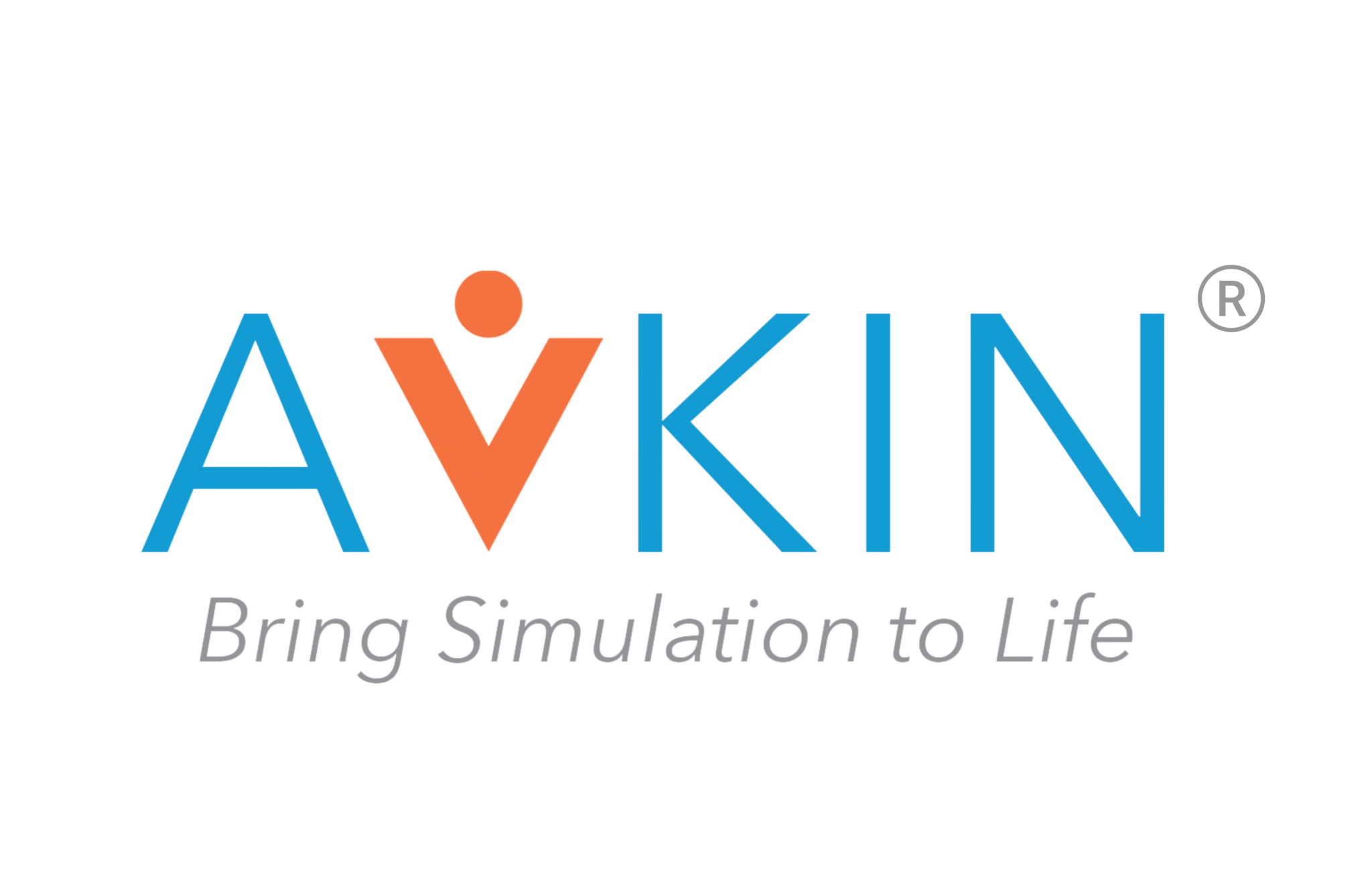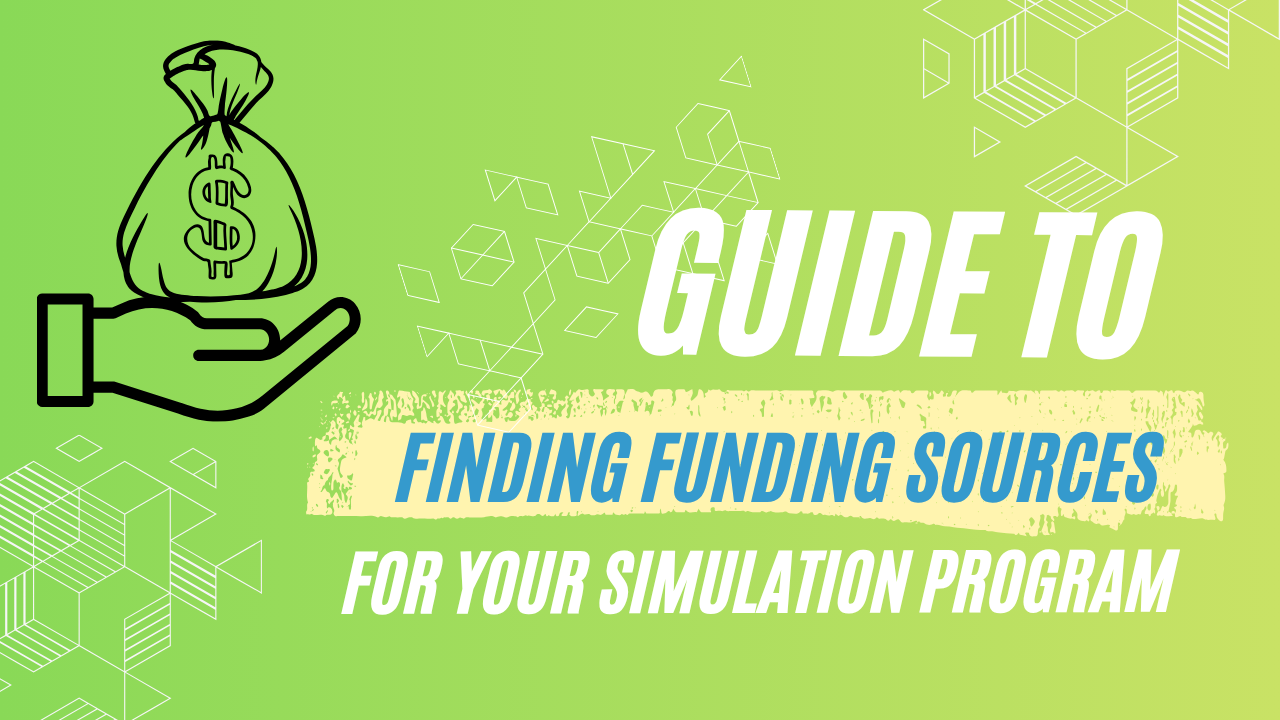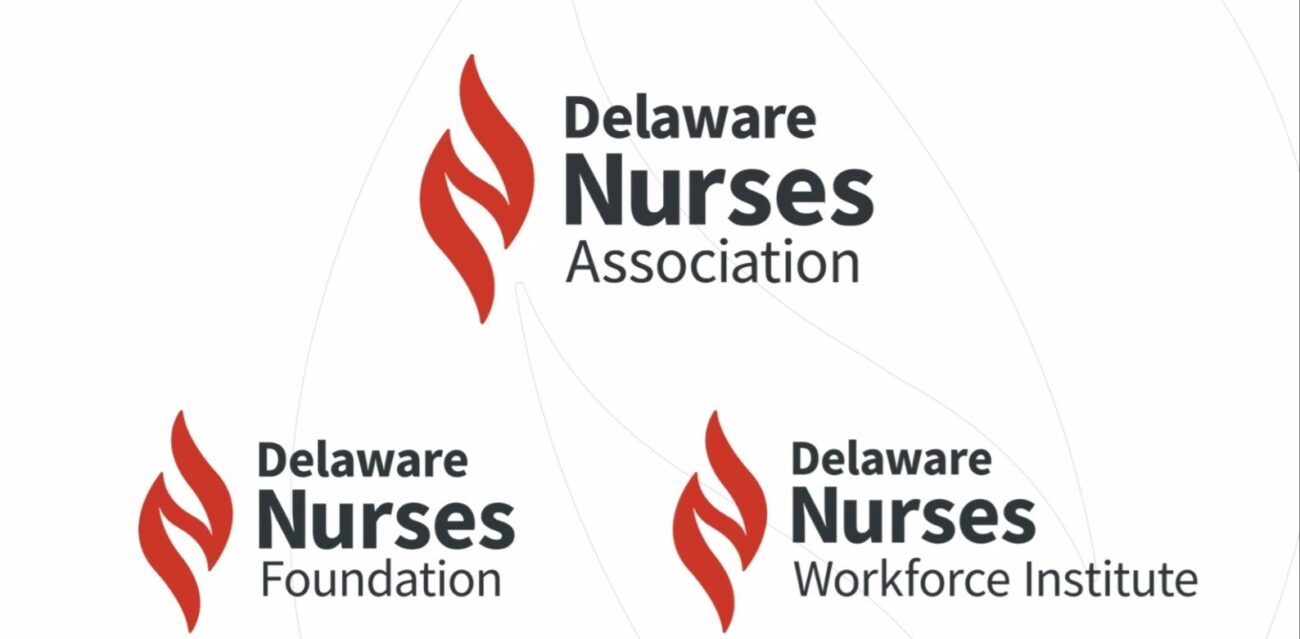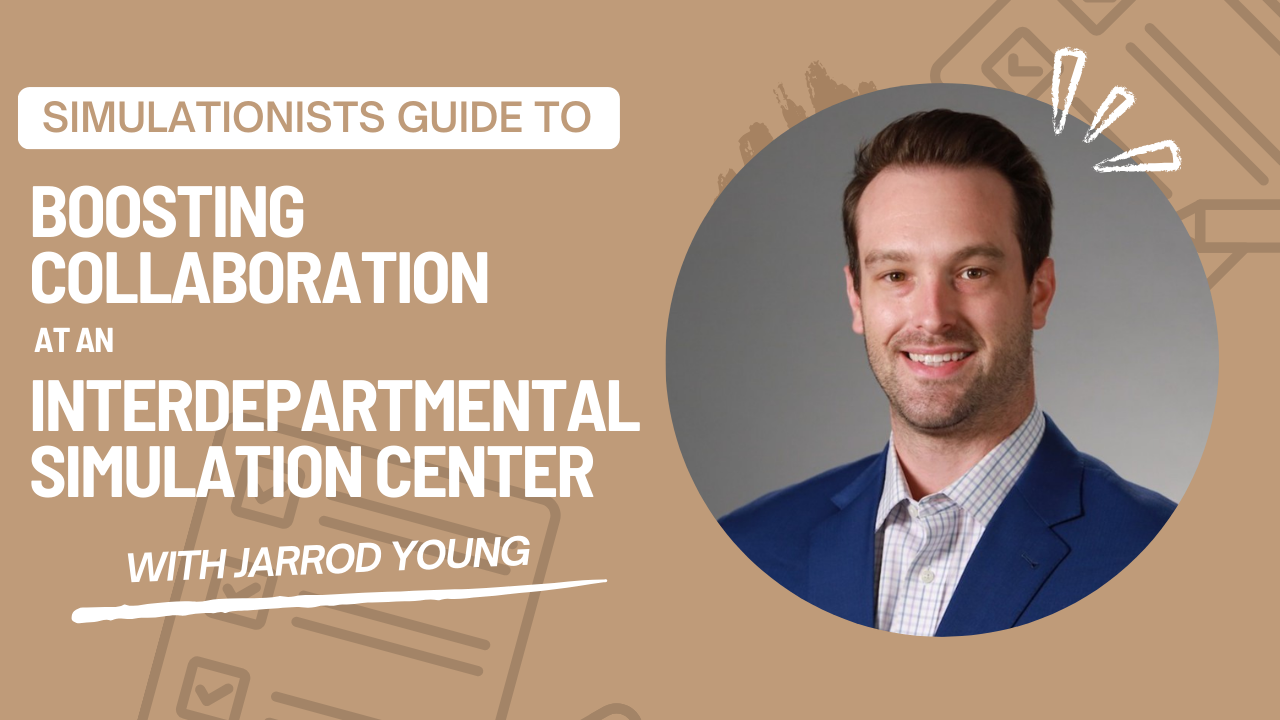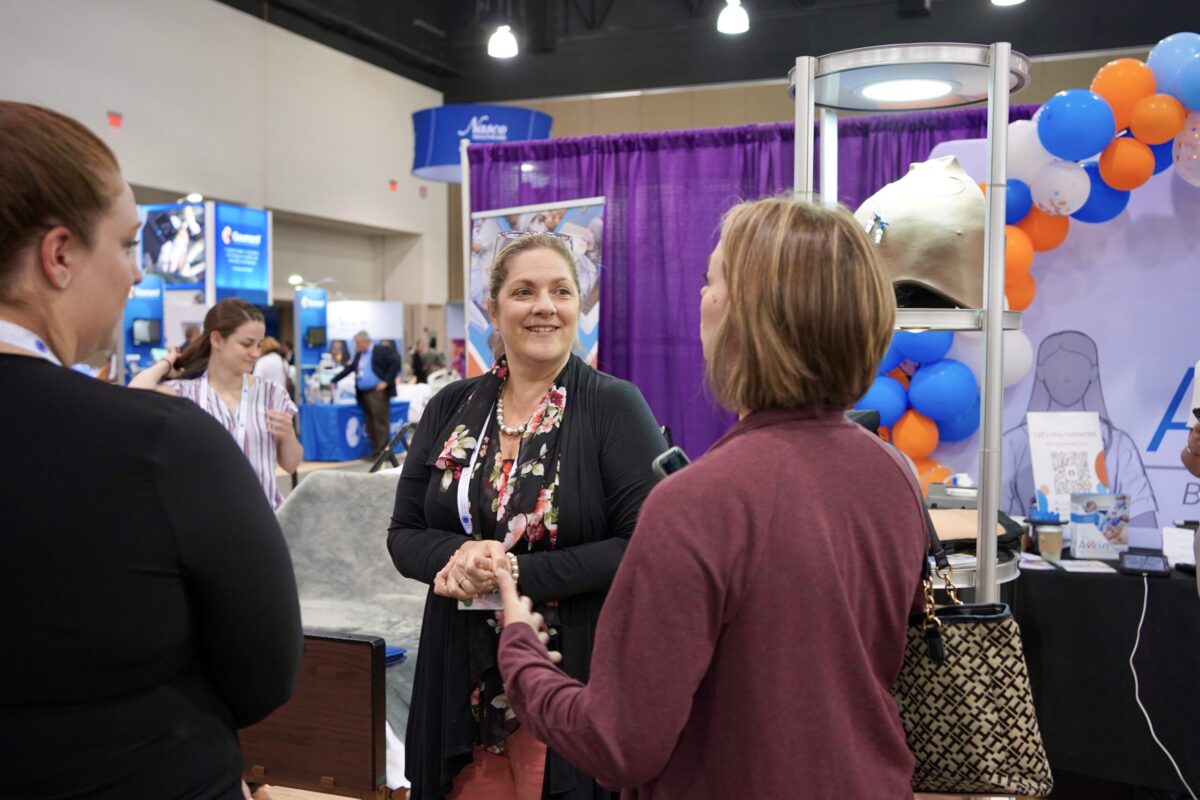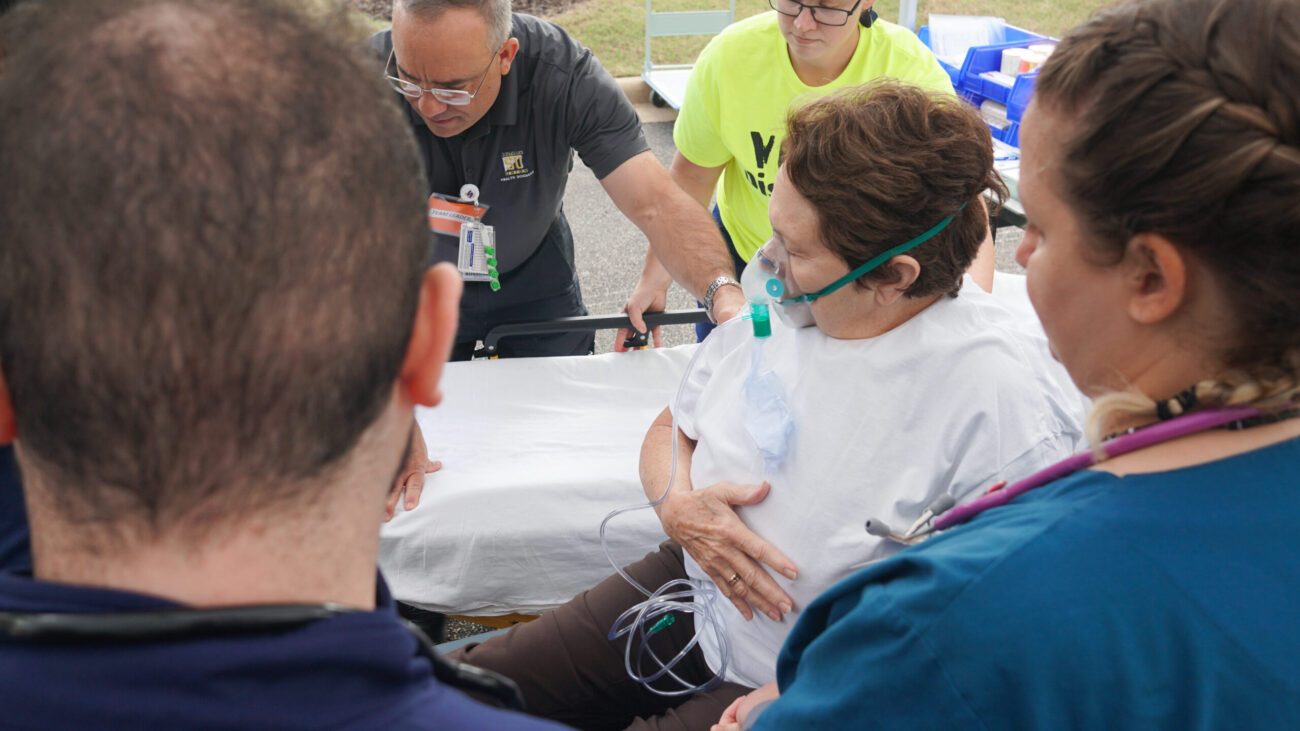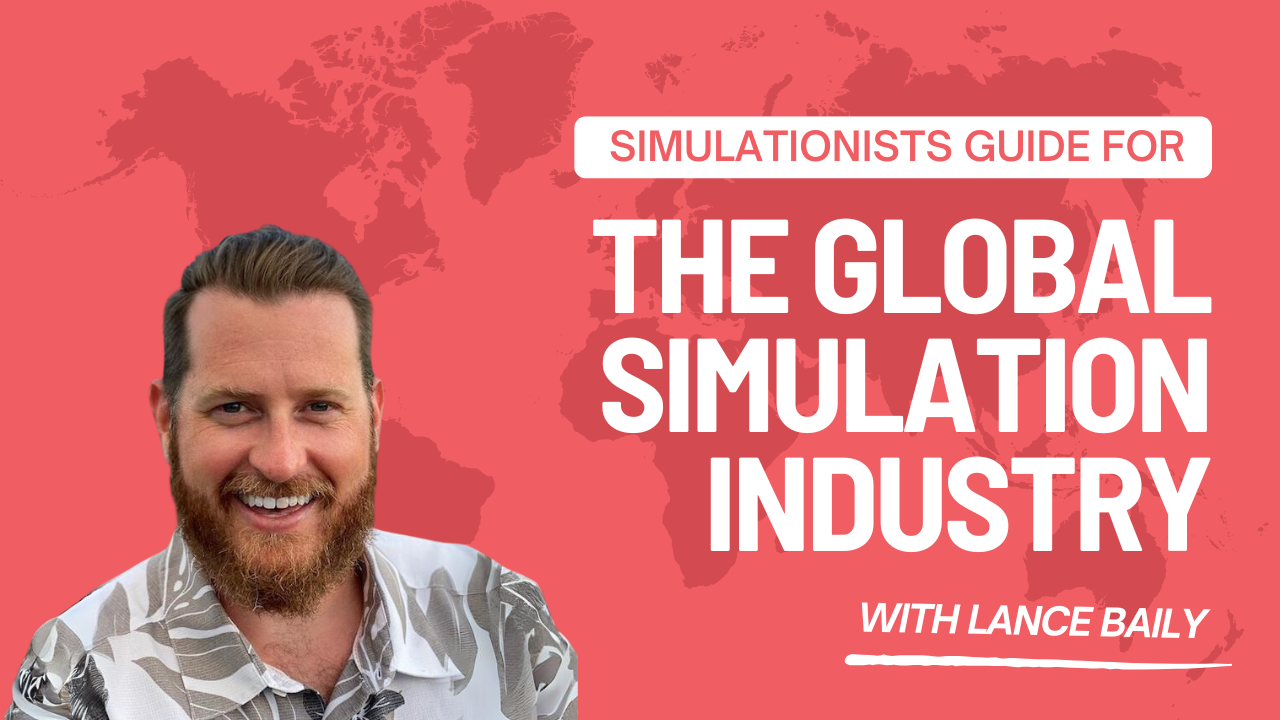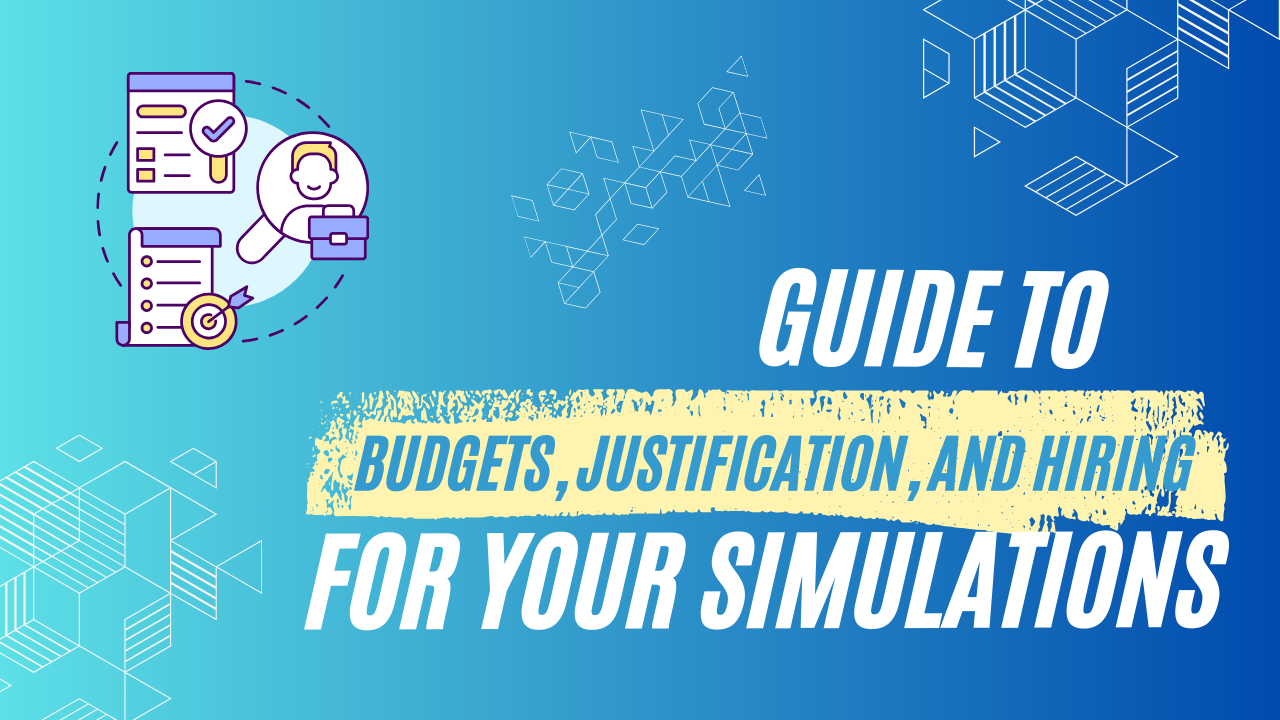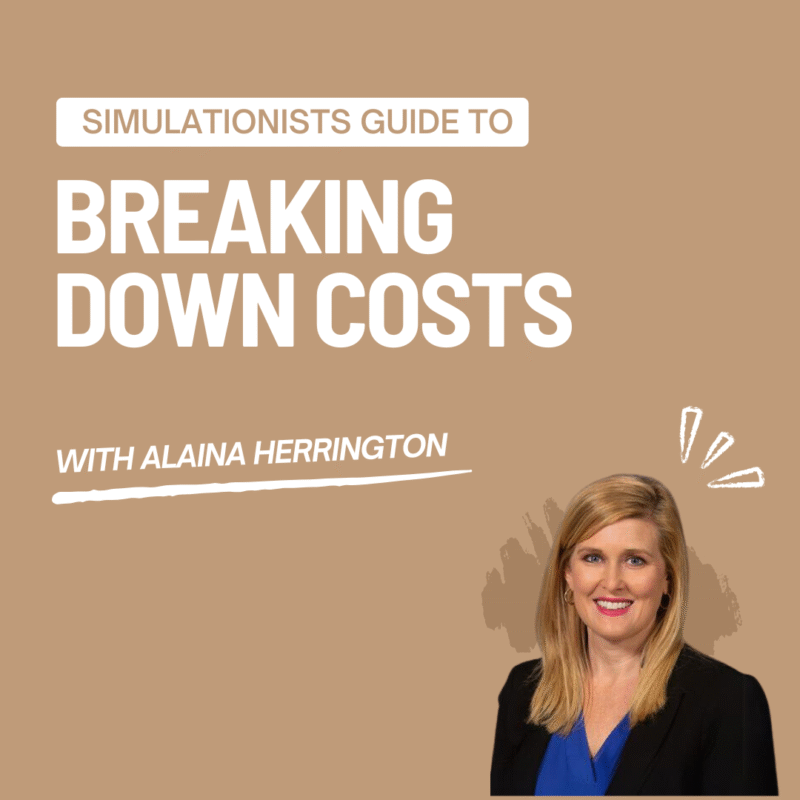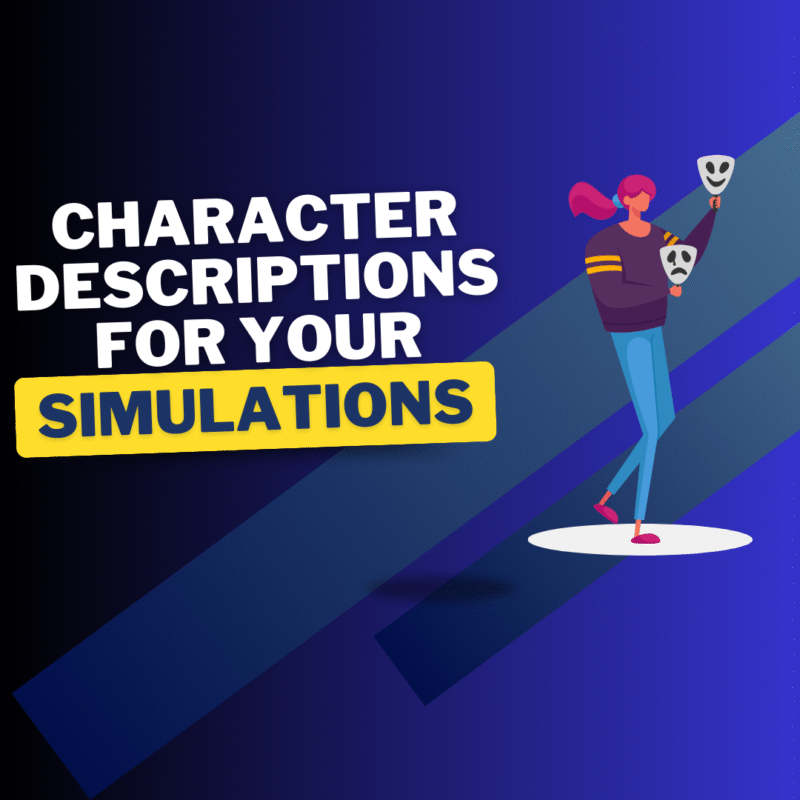A New Frontier For Telesimulation
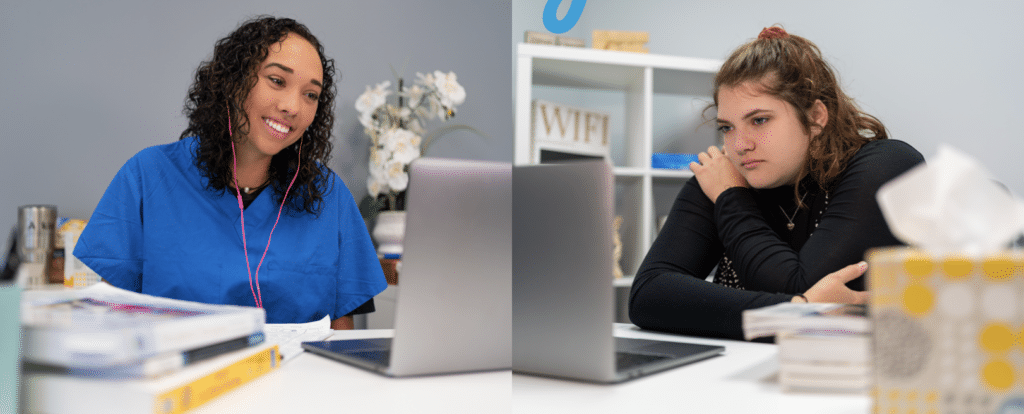
Virtual Simulations
Similar to many industries, the pandemic has sent academic institutions offering undergraduate and graduate health professions education into a tailspin (Sklar, 2020). While companies like Amazon, Zoom, and 3M were accelerating their production and outputs in Spring 2020, most of the economy shuttered their business to flatten the curve. Most academic institutions sent their student body home during spring break as faculty quickly adjusted their course work to accommodate a virtual platform. The disruption of COVID-19 has understandably created significant challenges requiring faculty to rapidly reinvent their teaching and learning strategies. Academic institutions with health professions majors faced a much more challenging dilemma (Rabe, Sy, Cheung, & Lucero-Prisno, 2020).
As clinical partnerships evaporated across the globe, Deans and Directors were pressed to find an alternative for the clinical practicums required for graduation by their accrediting bodies (Lucey & Johnston, 2020; National Council for State Boards of Nursing, 2020). Many institutions turned to avatar-based virtual case studies as a viable alternative to meet programmatic requirements. However, educational pivots for clinical replacement need to provide meaningful learning that closely replicates their clinical learning experiences to meet established course objectives and instill the confidence and competence essential for these new graduates. Though there was not much choice for an alternative in Spring 2020, we have now had time to search for well-planned alternatives and adjust our curriculum to accommodate the available resources.
The compelling question in today’s climate is this: How can we correctly prepare these new graduates for the physical, emotional, psychological, and ethical challenges they are going to face as they enter professional practice virtually? If we fail to prepare the next-gen workforce, the cold hard facts are that we could fail the health care system altogether as these new professionals experience burnout and disillusionment at warp speed.
Telesimulation with trained Simulated Participants is the perfect alternative to impersonal, asynchronous avatar-based simulations that may be falling flat for your learners. Through a little creativity and imagination, virtual learning can transform SP simulation learning experiences into a virtual clinical experience for groups of one to ten learners. Experts in SP Methodology at Avkin have applied the Standards of Best Practice and elevated virtual simulation learning to a completely new level and we are excited to share the qualitative and quantitative educational outcomes we have measured at several colleges and universities during Fall 2020.
While there are several options for virtual medical education available, Avkin’s Virtual Standardized Patient Solution is the only one implementing real live humans. To learn more about Avkin’s Virtual Standardized Patient Solution, or to schedule a meeting to learn more, click here.
References
Lucey, C. R., & Johnston, S. C. (2020). The transformational effects of COVID-19 on medical education. Jama, 324(11), 1033-1034.
National Council of State Boards of Nursing. (2020). Changes in education requirements for nursing programs during COVID-19. updated June, 22.
Rabe, A., Sy, M., Cheung, W. Y. W., & Lucero-Prisno, D. E. (2020). COVID-19 and health professions education: a 360 view of the impact of a global health emergency. MedEdPublish, 9.
Ramos-Morcillo, A. J., Leal-Costa, C., Moral-García, J. E., & Ruzafa-Martínez, M. (2020). Experiences of nursing students during the abrupt change from face-to-face to e-learning education during the first month of confinement due to COVID-19 in Spain. International journal of environmental research and public health, 17(15), 5519.
Sklar, D. P. (2020). COVID-19: lessons from the disaster that can improve health professions education. Academic Medicine.
